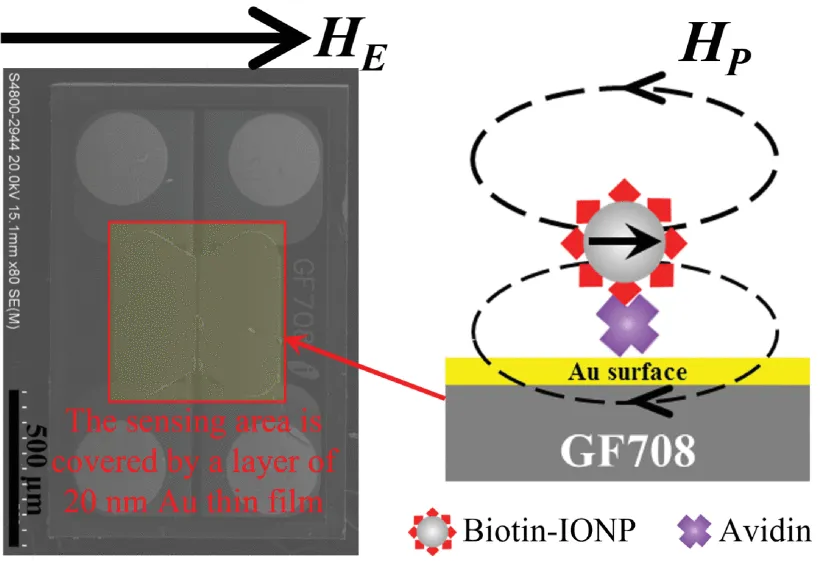A Linear Slope Analyzing Strategy of GMR Sensor Transfer Curve for Static Detection of Magnetic Nanoparticles
Nanotechnology has offered tremendous advantages to the world in biotechnology, biomedicine, material science, and environmental areas. Widespread use of nanoparticles (NP), the building blocks of complex nanostructures, is made because of their nano size and physiochemical properties. Magnetic nanoparticles (MNPs) are a unique classification that can be manipulated by external magnetic fields.
MNPs have been used as magnetic labeling vehicles which detect the biomolecules of the magnetic bio-detection platform marked by labels. MNPs are capable of having higher sensitivity and accuracy and thus have found promising applications in magnetic resonance imaging, biomedicine, nanofluids, and optical filters. Giant magnetoresistance (GMR) sensors are commonly used to detect the presence of MNPs.
In the traditional studies, the output signals for finding out the quantity of MNPs were obtained by the maximum output voltage derived from subtracting magnetoresistance transfer curves with and without MNPs. This approach increased the noise as it integrated noises from both the transfer curves. The noise brought fluctuations in the calculation of MNPs.
To compensate for the traditional method, a linear slope analyzing strategy of GMR was proposed. GMR sensors having spin-valve structures experience a change in the magnetic field with and without the presence of MNPs. A constant external magnetic excitation field is required to calculate the output of the spin valve, which can vary in currents and directions. In-place DC mode is the most preferred mode due to more tolerance for the misalignment of the magnetic field. The output of the spin valve varies with the number of detected MNPs hence it can be used to find out the quantity.
In the new strategy, sensor output transfer curves were measured before and after depositing MNPs. The slope for each transfer curve was calculated, and the quantity of MNP was determined from the change in slope value. As the slope is the trendline of the transfer curve, reliable values with less randomness in the behavior were obtained compared to the subtraction method. SNR ratio was calculated for both methods. Since the slope method suppressed the noise, it gave much higher SNR and improved sensitivity by 2.5 times.
The promising results in the performance of the in-place DC mode of GMRs utilizing the linear slope will prove helpful in building spintronic biosensors. In the future, the focus will be more on miniaturizing the setup and designing a portable platform to implement the proposed slope method.




